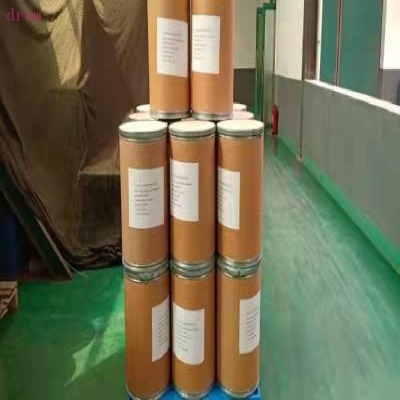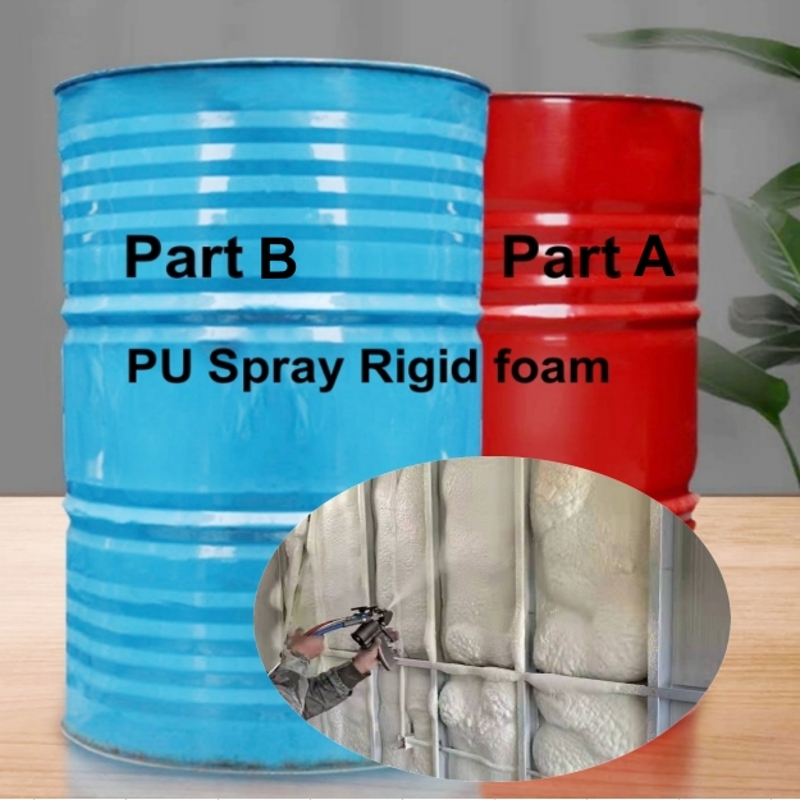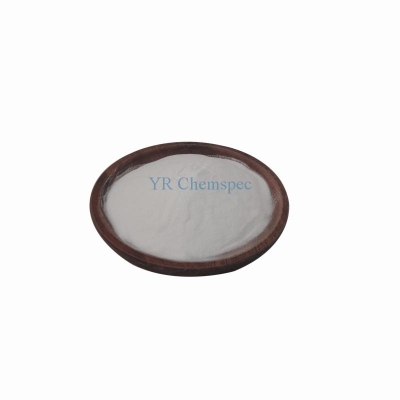-
Categories
-
Pharmaceutical Intermediates
-
Active Pharmaceutical Ingredients
-
Food Additives
- Industrial Coatings
- Agrochemicals
- Dyes and Pigments
- Surfactant
- Flavors and Fragrances
- Chemical Reagents
- Catalyst and Auxiliary
- Natural Products
- Inorganic Chemistry
-
Organic Chemistry
-
Biochemical Engineering
- Analytical Chemistry
- Cosmetic Ingredient
-
Pharmaceutical Intermediates
Promotion
ECHEMI Mall
Wholesale
Weekly Price
Exhibition
News
-
Trade Service
4 Test method
4.
Some test procedures specified by the test method may lead to dangerous situations
4.
Unless otherwise specified, only reagents confirmed to be analytically pure and grade 3 water specified in GB/T6682 are used in the analysis
4.
Take 10 mL of the non-boiling cooled sample and place it in a test tube with an inner diameter of about 15 mm.
4.
According to the provisions of GB/T7375, the capillary column method is the arbitration method
4.
4.
4.
In the presence of organic bases and methanol , the water in the sample reacts with the iodine in the electrolyte.
I 2 +SO 2 +H 2 O→2HI+SO 3
2I -- 2e→I 2
The number of iodine molecules participating in the reaction is equal to the number of water molecules, and the iodine produced by electrolysis is proportional to the amount of electricity consumed.
4.
4.
4.
4.
5.
1.
2.
3 Sampling cylinder: double-valve stainless steel small cylinder, volume not less than 150mL, working pressure 3MPa;
4.
5.
1.
2.
4 Injection needle: needle length (150~200)mm, diameter 9(0.
5~0.
7)mm
.
4.
5.
1.
3 Reagents
Electrolyte (commercially available reagent) used in conjunction with the Coulometric Moisture Analyzer
.
4.
5.
1.
4 Analysis steps
4.
5.
1.
4.
1 Adjustment of Coulomb Moisture Analyzer
Turn on the coulomb power moisture meter, add electrolyte, and adjust the coulomb power moisture meter to make the titration cell reach an anhydrous state
.
4.
5.
1.
4.
2 Determination
Weigh the sample cylinder containing the sample to the accuracy of 0.
1g, connect the sample needle with a stainless steel (or suitable material) connector and the outlet valve of the sample cylinder, and insert the sample needle into the bottom of the electrolytic cell of the coulometric moisture analyzer , Liquid phase injection, control the injection speed to (1~2)g/min, the injection volume is about 10g or adjust the injection volume appropriately according to the water content, after the injection, the mass of the sampling cylinder is weighed again to the accuracy of 0.
1g
.
After the completion of the sample injection, the coulometric titration was performed immediately
.
Enter the mass value of the sample, and the mass fraction of water can be directly read on the coulometric moisture meter
.
Take the arithmetic mean of the two parallel determination results as the determination result, and the absolute difference between the two parallel determination results shall not be greater than 20% of the arithmetic mean of the two determination values
.
4.
5.
2 Karl Fischer Capacity Method
According to the provisions of GB/T7376
.
4.
5.
3 Electrolysis
According to the provisions of GB/T10670
.
4.
6 Determination of acidity (as HCl)
4.
6.
1 Method summary
The sample is vaporized and bubbled into an absorption bottle containing carbon dioxide- free water to absorb the acidic substances in the sample.
Using bromocresol green as an indicator, titrate with sodium hydroxide standard titration solution to obtain acidity (calculated as HCI) )
.
4.
6.
2 Apparatus
4.
6.
2.
1 Sampling cylinder: same as 4.
5.
1.
2.
3;
4.
6.
2.
2 Porous gas washing bottle: 250mL;
4.
6.
2.
3 Micro burette: 0.
01mL sub-scale;
4.
6.
2.
4 Electronic balance: division value: g
.
4.
6.
3 Reagents
4.
6.
3.
1 Sodium hydroxide standard titration solution: c(NaOH)=0.
01mol/L;
4.
6.
3.
2 Bromocresol green indicator solution: 1g/L
.
4.
6.
4 Analysis steps
Add 100 mL of carbon dioxide-free water to the three porous gas washing bottles, add bromocresol green indicator solution (2~3) drops to the third porous gas washing bottle, connect them in series with a tube, and wipe dry the sampling cylinder and Valve, weigh, accurate to 1g
.
Connect the outlet of the sampling cylinder valve to the first porous gas washing bottle, slowly open the cylinder valve to vaporize the liquid sample and pass through the three porous gas washing bottles.
When about 100g of sample is released, close the cylinder valve and remove the cylinder.
Wipe dry and weigh to the nearest 1g
.
If the indicator solution in the third porous gas washing bottle changes color, continue with the following steps, otherwise do it again.
Combine the solutions in the first and second porous gas washing bottles, move them into the conical flask, and add bromoform Phenol green indicator solution (2 ~ 3) drop, titrate with bismuth hydroxide standard titration solution to blue as the end point
.
4.
6.
5 Result calculation
The mass fraction of acidity (calculated as HCl), expressed in %, calculated according to formula (1):
Where:
V—The value of the volume of sodium hydroxide standard titration solution (4.
6.
3.
1), the unit is milliliter (mL);
c— The exact value of the concentration of sodium hydroxide standard titration solution, the unit is moles per liter (mol/L);
m-the value of the mass of the sample, in grams (g);
M— The value of the molar mass of hydrogen chloride in grams per mole (g/mol) (M=36.
5)
.
Take the arithmetic mean of the two parallel determination results as the determination result, and the absolute difference between the two parallel determination results shall not be greater than 40% of the arithmetic mean of the two determination values
.







